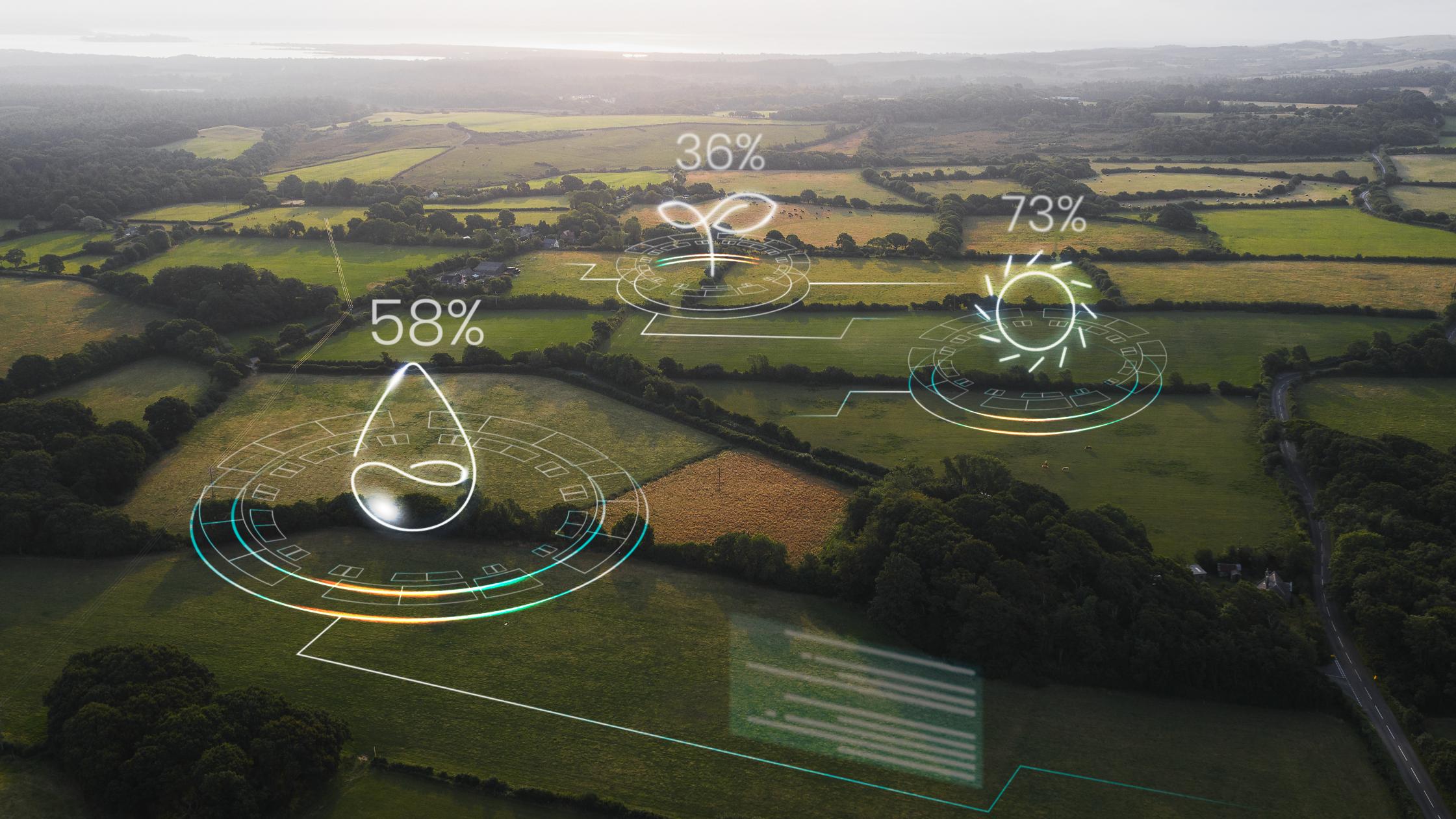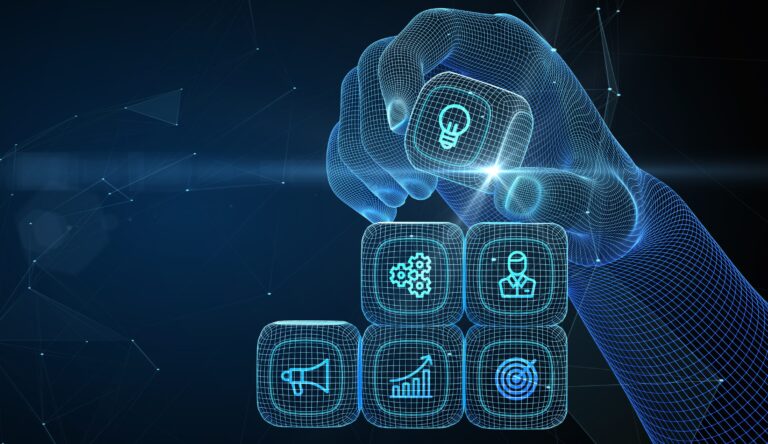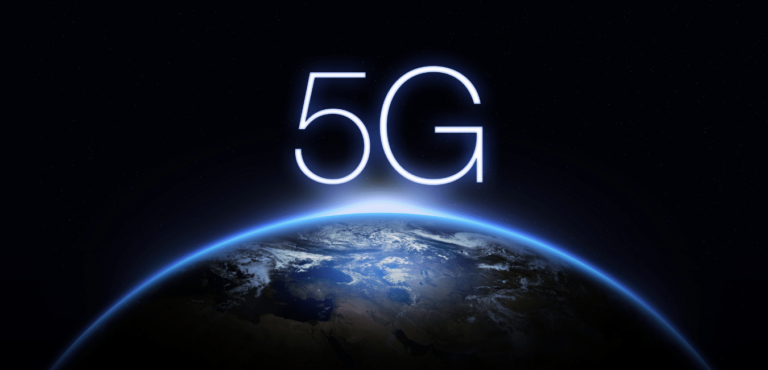Unveiling the IoT Revolution in Agriculture
In the ever-evolving landscape of agriculture, the integration of the Internet of Things (IoT) has emerged as a transformative force, revolutionizing traditional farming methods, and paving the way for unprecedented efficiency and sustainability. As the global population continues to burgeon, the demand for food surges, making it imperative for the agriculture sector to embrace technological advancements. In this comprehensive exploration, we will delve into the various applications of IoT in agriculture, unraveling nine technology use cases that are reshaping the future of farming.
The rise of smart agriculture
With the widespread adoption of IoT in various facets of daily life, it is only logical that agriculture, a cornerstone of our sustenance, would harness the power of connected devices. Smart agriculture, synonymous with the application of IoT in farming, utilizes sensors to collect environmental and machine metrics, empowering farmers to make informed decisions and enhance every aspect of their work, from livestock management to crop cultivation.
Market dynamics
The market for IoT in agriculture has witnessed remarkable growth, reaching $13.76 billion in 2022. The disruptions caused by the COVID-19 pandemic, including supply chain challenges and labor shortages, have accelerated the adoption of IoT solutions in agriculture, propelling its Compound Annual Growth Rate (CAGR) to 9.9%. Projections indicate that the smart farming market share is set to reach an impressive $28.56 billion by 2030, underscoring the industry’s dynamism and potential.
The benefits of smart farming
The transformative potential of IoT in agriculture lies in its ability to provide farmers with vast amounts of data, enabling them to make data-driven decisions. There are six ways in which IoT is reshaping agriculture.
1. Data-driven insights
– Smart agriculture sensors collect a plethora of data, including weather conditions, soil quality, crop growth progress, and livestock health.
– This data facilitates comprehensive business tracking, staff performance evaluation, and equipment efficiency assessment.
2. Better control and lower production risks
– Informed decisions based on IoT data lead to better control over internal processes, reducing
production risks.
– Accurate production forecasts enable optimal product distribution, preventing surplus or unsold inventory.
3. Cost management and waste reduction
– Increased control over production, facilitated by IoT, helps identify anomalies in crop growth or livestock health.
– Timely interventions mitigate the risks of yield loss, contributing to cost management and waste reduction.
4. Enhanced business efficiency through automation
– Smart devices enable the automation of various processes, such as irrigation, fertilizing, and pest control.
– Process automation enhances overall business efficiency by reducing manual labor and improving resource utilization.
5. Improved product quality and volumes
– Precise control over the production process, enabled by IoT, maintains higher standards of crop quality and growth capacity.
– Automation contributes to increased product volumes, meeting the growing consumer demand for agricultural products.
6. Reduced environmental footprint
– Automation, a hallmark of smart farming technologies, reduces the use of pesticides and fertilizers.
– Precise coverage minimizes environmental impact, cutting down greenhouse gas emissions and promoting sustainable practices.
IoT use cases in agriculture.
The applications of IoT in agriculture span a wide spectrum, delivering substantial impacts across diverse domains. One pivotal aspect is the monitoring of climate conditions, where weather stations equipped with smart farming sensors meticulously collect data on environmental parameters. Examples such as allMETEO, Smart Elements, and Pycno illustrate the utilization of this data to map climate conditions, providing invaluable insights for precision farming practices.
In the realm of greenhouse automation, IoT sensors play a pivotal role by offering real-time information on crucial factors such as lighting, temperature, soil condition, and humidity. Farmapp and Growlink serve as prime examples of IoT agriculture products, showcasing how automated adjustments to greenhouse conditions contribute to optimized cultivation environments.
Crop management is another critical facet of smart agriculture, involves the use of devices akin to weather stations. These devices are strategically placed to collect data specific to crop farming. Arable and Semios stand out as examples of IoT products, demonstrating their capacity to monitor crop growth intricately, thereby enabling proactive measures against potential diseases and infestations.
The application of IoT extends its reach to livestock with Cattle Monitoring and Management. IoT
sensors attached to animals monitor their health, well-being, and location, providing crucial insights for efficient farm management. SCR by Allflex and Cowlar are notable implementations, utilizing smart agriculture sensors to offer detailed information on individual and collective cattle
health, ultimately reducing staffing expenses.
Precision farming, a cornerstone of smart agriculture, involves the meticulous collection of data on various aspects of the field microclimate and ecosystem. CropX and Mothive exemplify this practice by utilizing IoT soil sensors to measure soil moisture,temperature, and electric conductivity. This wealth of data enables precise irrigation and optimal resource utilization, contributing to enhanced agricultural efficiency.
Agricultural drones equipped with sensors emerge as transformative tools for tasks like crop monitoring, planting, and pest control. DroneSeed and Sense Fly’s agriculture drone eBee SQ showcase the potential of drones to revolutionize agricultural practices, offering enhanced efficiency and effectiveness in various farming tasks.
The integration of predictive analytics into smart farming further underscores the power of IoT. Data analytics tools, such as those employed by platforms like Crop Performance and SoilScout, make sense of real-time data, empowering farmers to make informed predictions. This includes insights into crop harvesting times, potential disease risks, and expected yield volumes, thereby facilitating more proactive and efficient farming strategies.
End-to-end farm management systems, represented by solutions like FarmLogs and Cropio, signify a more comprehensive approach to IoT applications in agriculture. These systems integrate multiple IoT devices and sensors, providing remote monitoring capabilities and analytical insights. This holistic approach streamlines various farm operations, contributing to increased efficiency and productivity.
The deployment of robots and autonomous machines in agriculture stands as a futuristic application of IoT. Bear Flag Robotics, with their automated tractors, and Eco Robotics, utilizing robots for precision tasks like weeding, showcase the potential of autonomous machines to reduce labor costs and perform intricate tasks that contribute to overall farm efficiency. In conclusion, the multifaceted applications of IoT in agriculture is not just revolutionizing individual aspects of farming but collectively shaping the future of agriculture towards a more efficient, sustainable, and technology-driven paradigm.
Towards Achieving Zero Hunger
The significance of smart agriculture extends beyond technological advancements; it aligns
with global goals such as achieving zero hunger. As the world population is expected to
Surpass 9.7 billion by 2050; a 50% increase in agriculture production volumes is required.
Smart farming, driven by IoT solutions, emerges as a crucial component in meeting this
challenge by improving production efficiency.
The era of smart agriculture has dawned, bringing forth a wave of transformative technologies powered by the Internet of Things. As the market for IoT in agriculture continues to burgeon, businesses and farmers alike are presented with unprecedented opportunities to enhance efficiency, reduce environmental impact and contribute to global sustainability goals. Whether it’s monitoring climate conditions or deploying autonomous machines, the applications of IoT in agriculture are diverse, promising a future where technology and farming coalesce to feed a growing world population. As we journey towards achieving zero hunger, smart agriculture stands as a beacon of innovation, ushering in a new era for the age-old practice of farming. With its potential to revolutionize the agriculture sector, smart farming holds the promise of not just feeding the world but doing so sustainably and efficiently.








